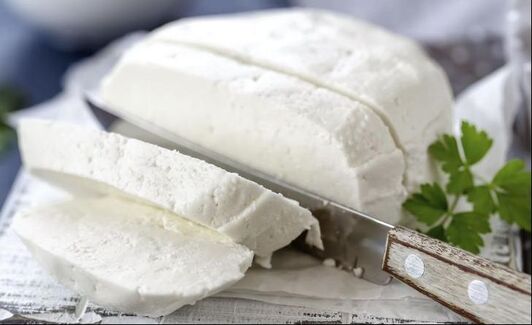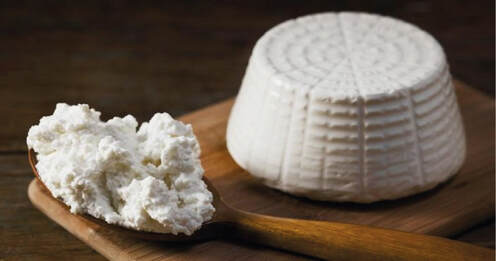|
Most Italian-Americans have heard of basket cheese, that light, soft, fresh cheese (similar to ricotta) sold in Italian specialty stores every Easter which is used to make the traditional pizzagaina or pastiera di grano (wheat grain pie) recipes. In the U.S. it is rarely seen year-round and is mostly used as an ingredient. In Italy, basket cheese is is called formaggio fresca (fresh cheese) and is readily available all year long for use as both recipe ingredient and as a table cheese, just as ricotta is eaten, but with a less salty and milder flavor. 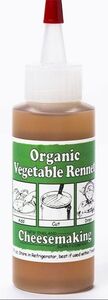 Basket Cheese Ingredients 1 gallon whole milk (or, if you can find some, use goat's milk) 1/4 teaspoon rennet 1/4 teaspoon salt (basket cheese is less salty than ricotta) You will need: Directions
You can now use your basket cheese fresh as an ingredient in recipes, such as the traditional Easter pizzagaina. If you want to eat it fresh (the same day is best) you can turn the baskets upside down onto a serving plate and remove the basket. This is a mild cheese, but if you like you can sprinkle with a little sea salt or fresh ground pepper. You can also spread it on bread or crostata and drizzle with honey or balsamic and serve with with figs or fresh berries. Although it should be eaten the day it's made, you can keep it for several days by keeping the basket in a plastic container along with with an inch of milk. 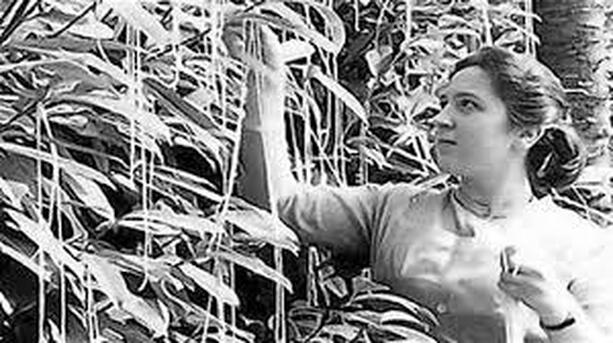 Making Ricotta from the Leftover, Fresh Whey Although my wife Lisa's ricotta recipe is great, technically, it's not a true ricotta made from whey. Making true ricotta (re-cooked, or cooked twice) is incredibly simple once you have whey leftover from cheese-making using rennet. The whey has to be fresh from the cheese-making process above.
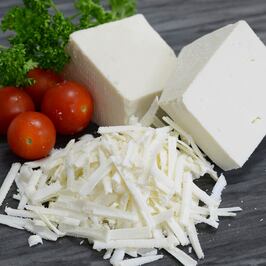 Making Ricotta Salata Ricotta salata is basically a firm, saltier version of ricotta cheese that is very similar to feta. While feta is made with rennet, ricotta salata is made from the whey leftover from cheese-making, just as normal ricotta is made. Ricotta salata needs more salt than normal ricotta and is pressed it to release any extra moisture. You need a fine mesh cheesecloth or butter muslin.
Ricotta salata is beautifully paired with sliced apples, pears, fresh figs or crumbled on pizza, pasta or salads. Buon apetitto! --Jerry Finzi You might also be interested in...
Southern Italian Pastries: Pasticiotti versus Pasta Croce Recipe: Babbo Finzi's Pizzagaina (Pizza Rustica) Recipe: Lisa's Home Made Ricotta Cheese Ricotta: Twice Cooked and Not Quite a Cheese? Recipe: Sicilian Ricotta Cheesecake Making Fresh Giuncata Cheese 31 Italian Cheeses: Goat, Cow, Buffalo and Sheep, Oh My! Supermarket Parmesan Cheese Contains Cellulose: Not All That it's Grated Up to Be? Marscarpone: More than Just Italian Cream Cheese |
Archives
May 2024
Categories
All
|

